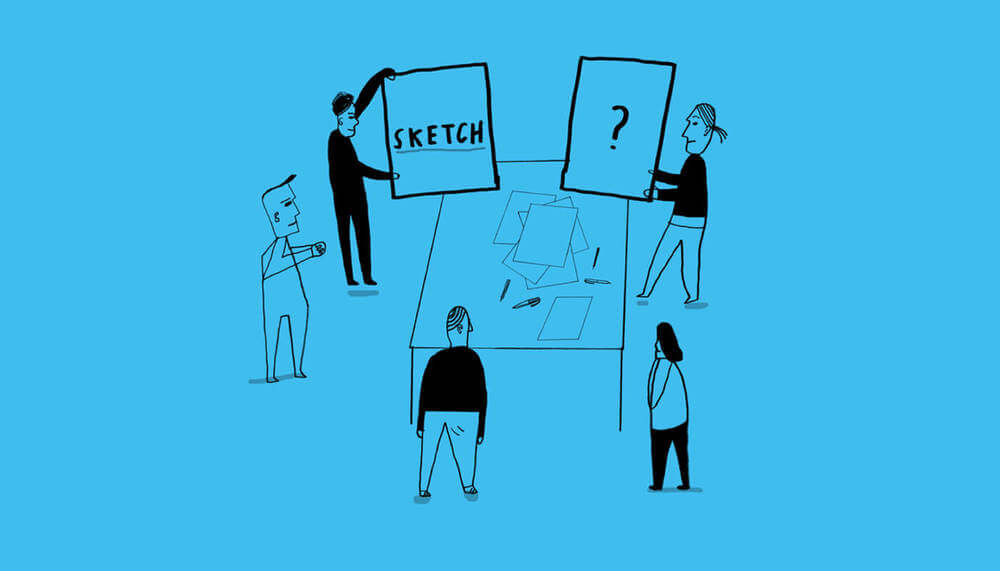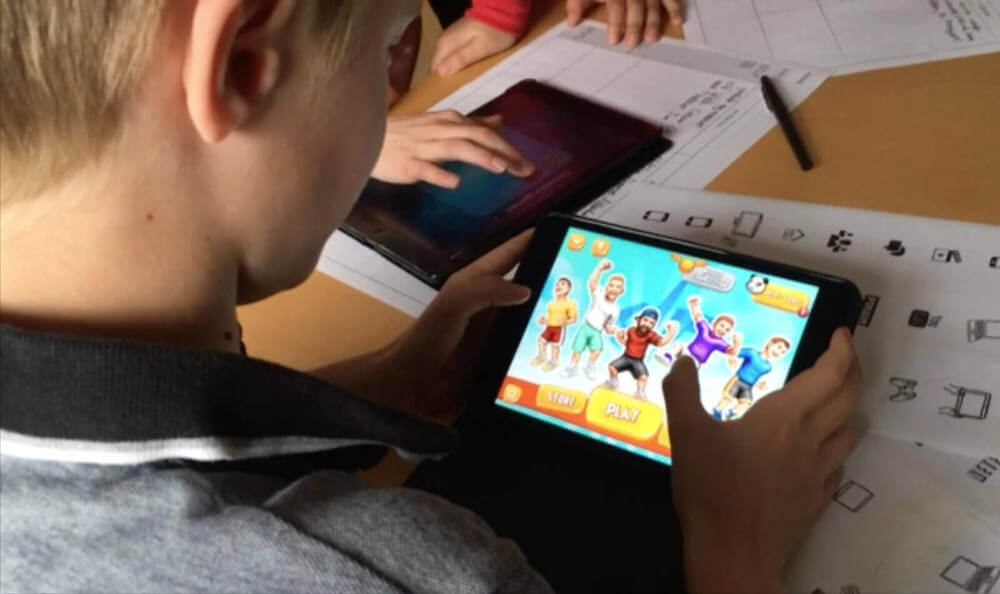Principles for encouraging customers to buy more than an exhibition ticket
Lessons learned from designing for cross-sells with the Royal Academy of Arts
Earlier this year Made by Many helped the Royal Academy of Arts (RA) to uncover opportunities for cross-selling to customers when they were booking tickets. As always, we kicked off the project by getting a deeper understanding of customer behaviour.
We knew from experience that asking customers whether they might buy something often leads to them stating an imagined, optimistic future that gives you no real idea about what they will actually buy. The best way to get valuable insights is to focus on past behaviours.
We wanted to find out if people would buy the exhibition catalogue when purchasing their ticket. It’s one of the most popular exhibition-related items in the physical shop and so it seemed to make sense to sell this at the point customers are buying their tickets.
We asked participants whether or not they have ever bought an exhibition catalogue and if so, when and why? Almost all of the people we spoke to said they only ever bought the catalogue after their visit. They also said that they only ever bought it in the physical shop, suggesting that being able to pick it up and have a browse through the pages before deciding to purchase was really important. Obviously, whether or not they liked the exhibition was also an important factor.
This behaviour was actually true of all exhibition-related merchandise. These products are the most obvious things to sell in the context of purchasing a ticket but the majority of people will only purchase them after they’ve seen and liked a show.
We found ourselves in deep water. Our client had asked us to explore cross-selling opportunities but there we were with people specifically telling us they wouldn’t buy anything in advance.
As often is the case, the answers were hidden in our research. We found out, unsurprisingly, that when people were planning to visit the RA they were also thinking about what else they’ll be doing that day. For example, where to get lunch. We also came to understand that the more ‘culturally engaged’ visitors are keen to ‘maximise their learning experience’ (my words not theirs). We heard things like “I love the exhibition tours, they really help me understand the context of when the art was made” and “There’s usually a talk from either the artist or curators, I try to go but it always sells out quite fast”.
This understanding led us to our first principle for cross-selling:
Enhance the experience for the visitor
When thinking about a possible cross-sell we surmised that the RA should be asking questions like “How might we help the visitor learn more about the artist?” or “How might we help a family have a stress-free day out?”
These two questions lead to two very different product ideas for cross-selling. A culturally engaged visitor may want to book an accompanying artist Q&A session. Whereas a family of four would more likely value a discounted lunch in the café.
Knowing what makes a good product to cross-sell is a great start but only some products are relevant to some people. We wanted to show the right product to the right people, leading to our second principle.
Use information to your advantage
The most desirable scenario for any e-commerce site is that all users have an account and are signed-in. That way we could draw upon the database of historical purchases and personal information to create a personalised experience. Alas, we are not Facebook, Google, or Amazon. Without access to that information what else do we know?
In the case of purchasing tickets we can learn a lot from the choices customers make along the way. The two key facets are who and when.
The Who can be ascertained from the ticket types selected. We can safely assume that someone who has selected two adult and two children tickets is therefore a family. From that we can return to our earlier question of “How might we help a family have a stress-free day out?” displaying cross-sells that are relevant as a result. What if they select an Art Fund concession? Is this an instant flag that this person might fit into our ‘culturally engaged’ persona?
The When is simply the date and time chosen. In the case of the RA and many similar museums and attractions there are often multiple events happening at any one time. Therefore, we can cross-sell related events that are happening around the same time they’ll be visiting.
Hey presto! We have some valuable products to cross-sell and we’re making every effort to show the right products to the right people. You’re thinking we’re done now, right? If only it were that simple.
When we showed users some of these cross-sell product ideas we quickly found that it’s not enough to simply show the right products to the right people, you also have to tell people why they should buy it and more critically, why they should buy it now. This brought us to our third and final principle.
Give a clear reason for buying now
The advantage of buying a product in advance isn’t always clear. We learned that some people love to get the audio guide. However, they know that they can just buy it when they arrive, giving them no clear benefit of getting it with their tickets.
There’s a clear benefit for the RA though. They can get better foresight on how many audio guides they need so they can make sure they don’t run out. People don’t care about this business incentive, they care about what’s in it for them. So to sell more audio guides in advance we simply need to incentivise the user and make that incentive absolutely clear.
So when the RA are thinking about why someone should buy a product in advance they should be thinking about whether the visitor gets a discount or whether they will avoid queueing when they arrive. Whatever the reason, it needs to be stated clearly. If it’s a discount, show how much they’re saving. If it’s an exclusive limited-time opportunity, tell them.
That’s it. Three principles for cross-selling alongside ticket purchasing. A process that took both us and the RA on a journey that started with a business-led objective of “let’s try and flog more stuff from the shop” and finished with a much more customer-friendly solution of “how can we help our visitors have a better experience”.
Continue reading
3 ways to get the most out of kid-centered research
“You two look like Ant and Dec.” A small finger prods at me through the air. “You… are Ant.”Knocked off balance I look to my colleague for reassurance, on...
Announcing Bloop: a free iPhone app for people with diabetes
Bloop is a new, more positive way of maintaining healthy control of diabetes.


